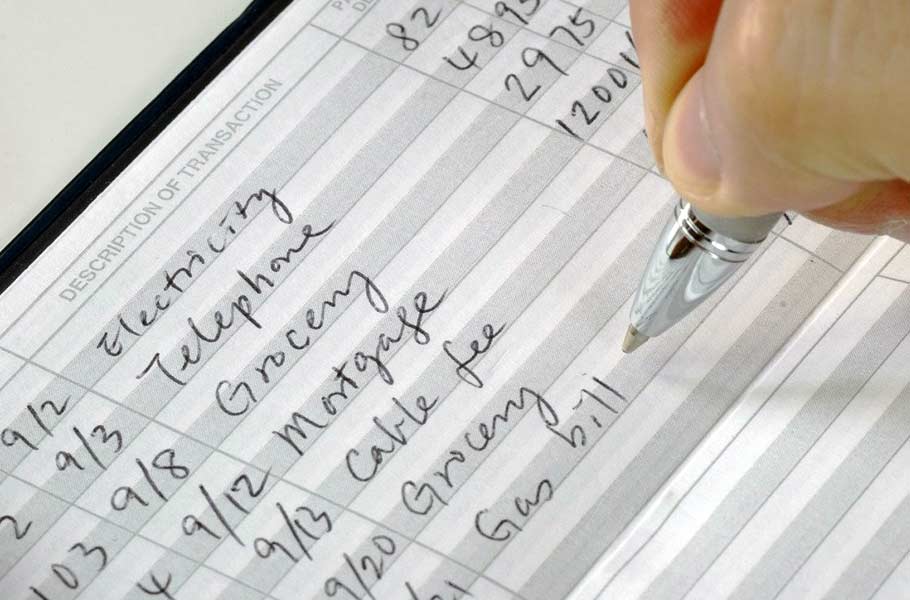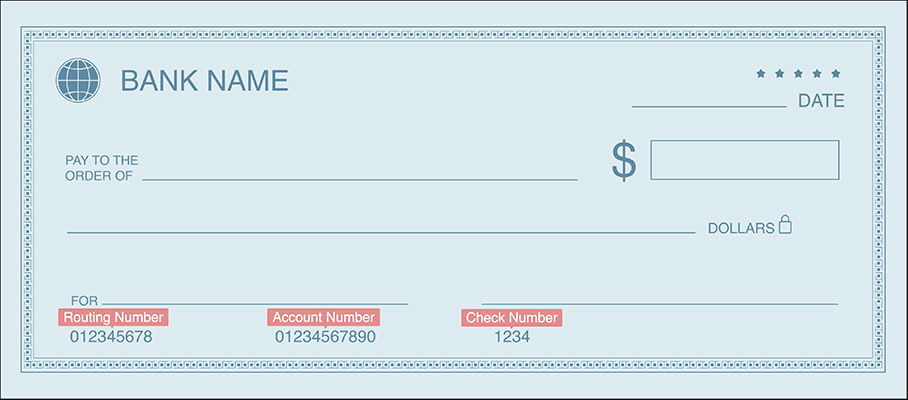Think your checking account is free? Think again. In 2024, U.S. consumers paid a staggering $12.1 billion in overdraft and non-sufficient funds (NSF) fees. That’s up from $11.8 billion in 2023, despite many banks scaling back or eliminating some of these charges.

These fees don’t even include monthly maintenance charges, ATM fees, or penalties for closing an account early.
Most people assume they can avoid fees by keeping a positive balance and spending carefully. But banks have mastered the art of fine print. A simple mistake—like using an out-of-network ATM or misjudging a pending deposit—can trigger a fee.
If you’re not actively managing your account, these charges can quietly chip away at your balance.
Why Banks Charge Fees on Checking Accounts
Banks are businesses. They make money in several ways, and charging fees is a big one. While checking accounts give you convenient access to your money, they also cost banks money to maintain—think customer service, transaction processing, fraud protection, and tech infrastructure.
To cover those costs and boost profits, banks tack on fees for everyday actions: using ATMs, receiving paper statements, overdrawing your account, and more. And the bigger banks tend to have the highest fees.
The good news? Most of these fees are avoidable if you know what to watch for.
Most Common Checking Account Fees (and How to Avoid Them)
Checking account fees generally fall into three categories: regular monthly charges, transaction-based fees, and surprise one-off penalties. Here’s how each type works—and how to avoid them.
Monthly and Ongoing Account Fees
These are the fees banks charge just for having a checking account open, even if you barely use it.
Monthly Maintenance Fees
- What triggers it: Some banks charge a flat monthly maintenance fee just for keeping your account open. These are usually tied to standard checking accounts.
- What it costs: $5 to $15 per month.
- How to avoid it: Most banks will waive the fee if you set up direct deposit or maintain a minimum balance (often $500 to $1,500). Online banks often skip these fees altogether.
Paper Statement Fees
- What triggers it: Asking for mailed paper statements instead of digital ones.
- What it costs: Typically $2 to $5 per month.
- How to avoid it: Log in to your online banking account and opt in to electronic statements. It only takes a minute to switch.
Minimum Balance Penalties
- What triggers it: Letting your balance drop below a bank’s minimum requirement.
- What it costs: Usually $5 to $12 for the month your balance dips too low.
- How to avoid it: Choose a checking account with no minimum balance requirement, or make sure your paycheck hits before your balance drops.
Transaction-Related Fees
These fees hit when you make certain withdrawals or when your account doesn’t have enough to cover a transaction.
Overdraft Fees
- What triggers it: Spending more than you have in your account. The bank covers the transaction, then charges you a fee for going negative.
- What it costs: Around $30 to $35 per overdraft. Multiple transactions can mean multiple charges in a single day.
- How to avoid it: Turn off overdraft coverage in your banking app, or link your checking to a savings account for automatic transfers. Some online banks don’t charge overdraft fees at all.
See also: Best Checking Accounts With No Overdraft Fees
Non-Sufficient Funds (NSF) Fees
- What triggers it: Trying to make a payment or withdrawal when you don’t have enough money. The bank rejects the transaction and charges you anyway.
- What it costs: Typically $25 to $35 per transaction.
- How to avoid it: Set up balance alerts and check your account regularly. Mobile apps make it easier to track your spending in real time.
ATM Withdrawal Fees
- What triggers it: Using an ATM that’s outside your bank’s network.
- What it costs: $2 to $3 from your bank, plus an extra $2 to $3 from the ATM owner. That’s $4 to $6 just to access your own money.
- How to avoid it: Stick to your bank’s ATM network. Some online banks also refund out-of-network ATM fees—check their policy before you sign up.
See also: What’s the Best Strategy for Avoiding ATM Fees?
Occasional and Surprise Fees
These fees aren’t charged regularly, but they can catch you off guard if you’re not careful.
Check Ordering and Certified Check Fees
- What triggers it: Ordering new checks or requesting a certified or cashier’s check.
- What it costs: $5 to $30, depending on the type of check and whether you request expedited shipping.
- How to avoid it: Skip checks whenever possible. Use online bill pay, debit cards, or peer-to-peer payment apps instead. If you rarely write checks, your first free order of personal checks might last you for years.
Debit Card Replacement Fees
- What triggers it: Losing your debit card and requesting a replacement.
- What it costs: $5 to $10 for a new card. Expedited delivery may cost extra.
- How to avoid it: Keep your card in a safe place, and consider a bank that offers free replacements if you misplace it.
Early Account Closure Fees
- What triggers it: Closing your checking account shortly after opening it—usually within the first 90 to 180 days.
- What it costs: Up to $25.
- How to avoid it: Read the fine print before opening a new account. If you’re only signing up for a bonus, make sure you meet the terms and wait out the required time before closing it.
See also: How to Close a Bank Account
Hidden or Less Common Fees to Watch For
Some fees don’t show up until you’ve had your account for a while. They’re less common, but just as annoying when they hit.
- Inactivity fees – Some banks charge you for not using your account after a certain number of months. It’s usually around $5 to $10 per month once the account goes dormant.
- Foreign transaction fees on debit cards – If you use your debit card outside the U.S. or shop from international retailers, you might get hit with a 1% to 3% fee per transaction.
- Excess transaction limits on savings-linked checking – If your checking account is linked to a savings account for overdraft protection, watch how often transfers happen. Some banks limit the number of automatic transfers from savings and may charge a fee if you exceed it.
Best Ways to Avoid Checking Account Fees Altogether
Avoiding checking account fees is easier than most people think. Here are some of the smartest ways to stay fee-free:
- Open a no-fee checking account: Many online banks offer checking accounts with no monthly fees, no overdraft charges, and access to thousands of free ATMs.
- Use banking alerts and mobile apps: Set up low balance alerts, monitor transactions in real time, and get notified before bills hit your account.
- Link to a savings account for overdraft protection: Instead of paying $35 per overdraft, your bank can automatically transfer funds from savings to cover shortfalls—usually at no charge.
- Choose a bank that reimburses ATM fees: If you use out-of-network ATMs, look for banks that refund those charges. It’s a game-changer if you travel or live far from your bank.
Top No-Fee Checking Accounts
Here are some top checking accounts with no monthly fees—and features that help you avoid other common charges:
1. SoFi
SoFi offers a combined Checking and Savings account with no monthly fees, no overdraft fees, and no minimum balance. You can earn up to 3.80% APY on savings and 0.50% APY on checking with direct deposit.
Perks include early paycheck access (up to two days early), 55,000+ fee-free ATMs via the Allpoint® network, budgeting tools, and exclusive benefits like career coaching and financial planning discounts.
2. Current
Current offers a no-fee checking account with no monthly charges, no ATM fees, and instant spending alerts. You’ll get early direct deposit, fee-free overdraft up to $200, and cash back on select purchases.
You can build credit by using your debit card, save with high-yield Savings Pods, and manage everything from a slick mobile app. It’s a feature-packed option for anyone looking to keep banking simple and affordable.
3. Chime
Chime® offers a truly fee-free checking account with no monthly fees, no minimum balance, and no overdraft fees (with SpotMe®). You’ll also get early direct deposit, real-time transaction alerts, and access to over 47,000 fee-free ATMs.
Other features include automatic savings tools, a secured credit builder card, and a user-friendly mobile app designed to help you stay on top of your money.
4. GO2bank
GO2bank is a low-cost checking option with no monthly fees when you set up qualifying direct deposits. You’ll get early access to your paycheck, up to $200 in overdraft protection, and 19,000+ fee-free ATMs.
The savings account earns up to 4.50% APY on balances up to $5,000. You can also build credit with their fee-free GO2bank Secured Visa® Credit Card.
See also: Free Online Checking Accounts: No Opening Deposit Required
Final Thoughts
The easiest way to avoid checking account fees is to choose the right account from the start. Look for one with no monthly maintenance fees, overdraft protection, and generous ATM access.
Use the tools your bank gives you—alerts, mobile apps, and linked accounts—to stay one step ahead of any surprise charges.
If your current bank makes it too hard to avoid fees, it’s time to switch. A fee-free checking account can save you hundreds of dollars a year with almost no effort.




